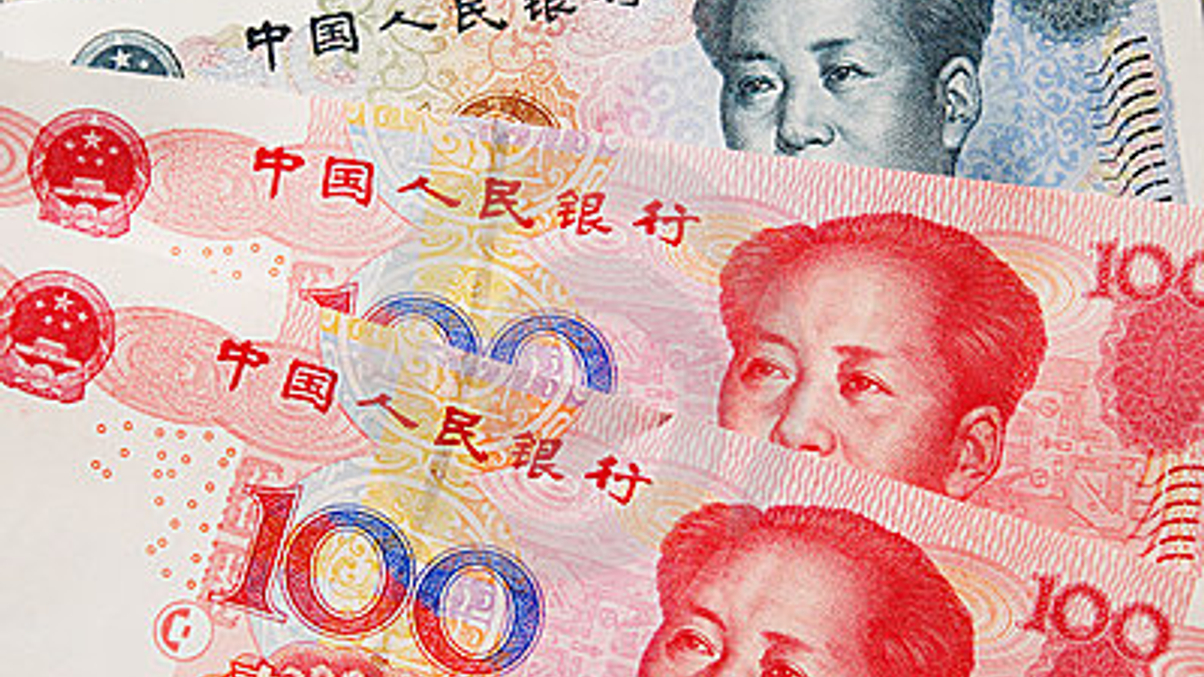Managers alerted to potential of China tax breaks
New tax incentives for contributions to enterprise annuity are tipped to drive asset growth in China’s pensions system, although investors may adopt a wait and see approach at first.

Industry players expect new tax breaks for contributions to enterprise annuity in China to drive asset growth in such schemes, although suspect it will take time to catch on.
Sign In to Your Account
Access Exclusive AsianInvestor Content!
Please sign in to your subscription to unlock full access to our premium AI resources.
Free Registration & 7-Day Trial
Register now to enjoy a 7-day free trial—no registration fees required. Click the link to get started.
Note: This free trial is a one-time offer.
¬ Haymarket Media Limited. All rights reserved.


